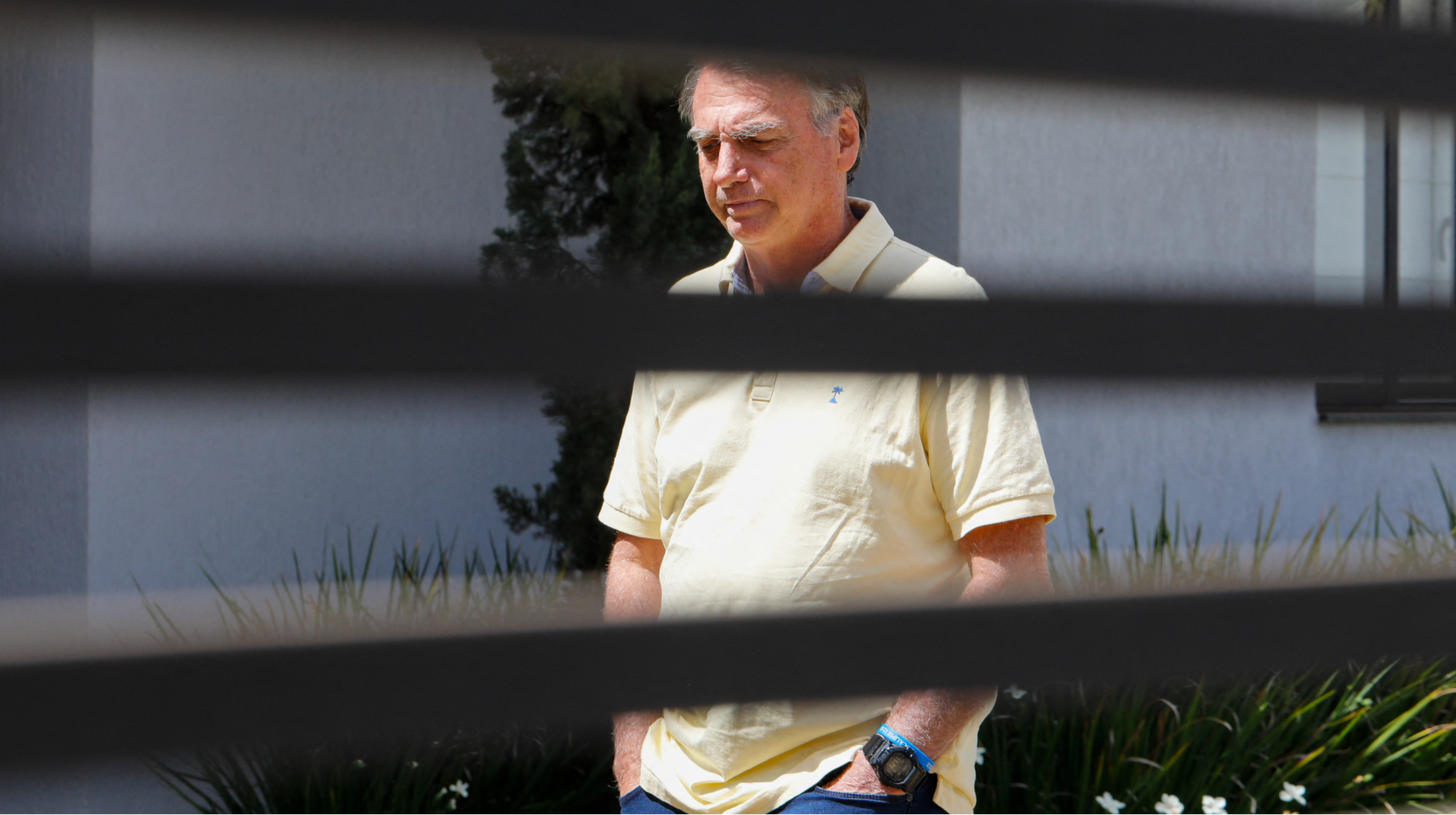What is motion smoothing - and how can you turn it off?
Tom Cruise and Christopher McQuarrie join Hollywood pushback against TV setting that makes movies look like soaps

Tom Cruise and Christopher McQuarrie are the latest Hollywood heavyweights to rail against the use of motion smoothing technology to show films on TV.
The star and director of the Mission Impossible franchise teamed up to record a video in which they urged TV viewers to disable the effect before watching movies.
They are far from alone in their distaste for the technology. Big name filmmakers including James Gunn, Rian Johnson, Christopher Nolan and Edgar Wright are among those have come out against motion smoothing, also known as “the soap opera effect”.
The Week
Escape your echo chamber. Get the facts behind the news, plus analysis from multiple perspectives.

Sign up for The Week's Free Newsletters
From our morning news briefing to a weekly Good News Newsletter, get the best of The Week delivered directly to your inbox.
From our morning news briefing to a weekly Good News Newsletter, get the best of The Week delivered directly to your inbox.
So what is it – and, if so many people hate it, why is it still included as standard on many televisions?
To understand the answer, you need to know that a standard modern TV operates at 60Hz, meaning the screen refreshes 60 times per second – an awkward fit for films and television programmes, which are usually shot at rate of 24 frames per second.
“The standard way of dealing with this is to show the first frame twice, the second same thrice, the third frame twice, the fourth frame thrice, and so on,” says TechRadar’s Jon Porter.
“But this 2:3 ratio isn’t ideal, and creates a certain amount of judder that’s especially noticeable during panning shots.”
A free daily email with the biggest news stories of the day – and the best features from TheWeek.com
Motion smoothing “fills” the gaps, inserting extra frames to make the transitions as seamless as possible for the viewer.
The effect lends extra crispness useful when watching a nature documentary, for instance, or a sporting event, when it reduces blur during fast moments of play.
For TV shows and movies, however, the setting can make scenes appear ultra-realistic – in a bad way.
“The cadence of film, and the associated blurring of the slower frame rate's image, is linked to the perception of fiction,” says CNET.
In other words, detractors say that sharpening the soft edges of a cinematic camera leaves movies looking more like reality shows or daytime soaps, which have traditionally been shot at a higher frame rate - hence the nickname “the soap opera effect”.
The video below demonstrates the effect in action:

However, “despite all the issues with motion-smoothing, it’s still pretty essential for all modern televisions”, argues Porter.
While overuse of motion smoothing can make even the most big-budget productions look cheap and nasty, switching it off entirely “leaves your content juddering as your TV struggles to fit a square peg into a circular hole”.
How do you turn motion smoothing off?
The good news for motion smoothing detractors is that the newest TVs can refresh at a rate of 120Hz, which divides neatly into 24fps and thus reduces the need for “filler” frames.
However, in the meantime, you can check if motion smoothing is enabled on your TV by going into the settings menu, where it may also be listed as “motion interpolation” or “ME/MC” for motion estimation/motion compensation.
There, you can switch the setting off; and some models will also allow you to tone down the amount of motion smoothing rather than disable it altogether.
And if you’re having trouble finding the setting on your particular model, you can always do as Cruise and McQuarrie suggest – simply Google "turn off motion smoothing [your brand of TV here]".
-
 How Bulgaria’s government fell amid mass protests
How Bulgaria’s government fell amid mass protestsThe Explainer The country’s prime minister resigned as part of the fallout
-
 Femicide: Italy’s newest crime
Femicide: Italy’s newest crimeThe Explainer Landmark law to criminalise murder of a woman as an ‘act of hatred’ or ‘subjugation’ but critics say Italy is still deeply patriarchal
-
 Brazil’s Bolsonaro behind bars after appeals run out
Brazil’s Bolsonaro behind bars after appeals run outSpeed Read He will serve 27 years in prison
-
 Americans traveling abroad face renewed criticism in the Trump era
Americans traveling abroad face renewed criticism in the Trump eraThe Explainer Some of Trump’s behavior has Americans being questioned
-
 Nigeria confused by Trump invasion threat
Nigeria confused by Trump invasion threatSpeed Read Trump has claimed the country is persecuting Christians
-
 Sanae Takaichi: Japan’s Iron Lady set to be the country’s first woman prime minister
Sanae Takaichi: Japan’s Iron Lady set to be the country’s first woman prime ministerIn the Spotlight Takaichi is a member of Japan’s conservative, nationalist Liberal Democratic Party
-
 Russia is ‘helping China’ prepare for an invasion of Taiwan
Russia is ‘helping China’ prepare for an invasion of TaiwanIn the Spotlight Russia is reportedly allowing China access to military training
-
 Interpol arrests hundreds in Africa-wide sextortion crackdown
Interpol arrests hundreds in Africa-wide sextortion crackdownIN THE SPOTLIGHT A series of stings disrupts major cybercrime operations as law enforcement estimates millions in losses from schemes designed to prey on lonely users


